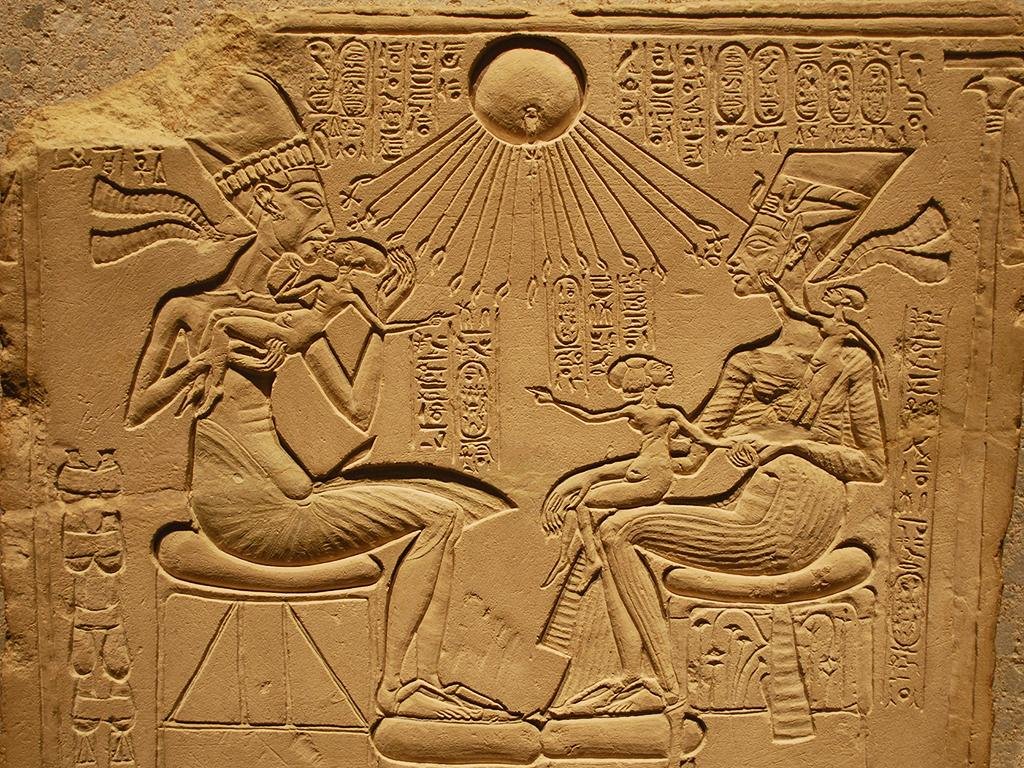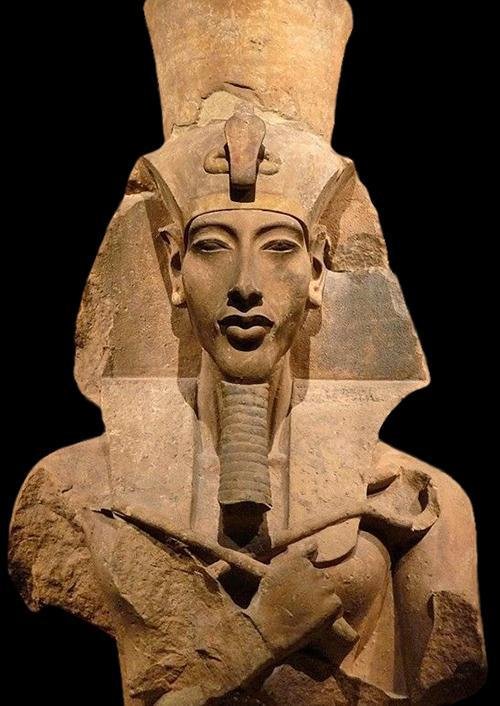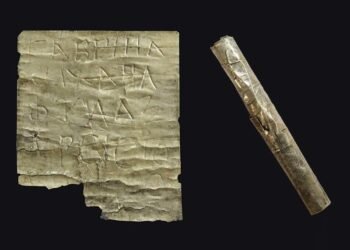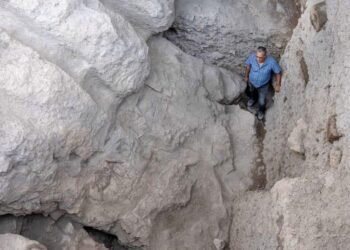Akhenaten, also known as Amenhotep IV, was an ancient Egyptian pharaoh who reigned during the 18th Dynasty of the New Kingdom period, approximately from 1353 to 1336 BCE. He is famously known for his radical religious reforms and his attempt to establish a monotheistic cult centered around the worship of Aten, the sun disk. Akhenaten’s reign marked a significant departure from the traditional polytheistic religion of ancient Egypt.

Born as Amenhotep IV, Akhenaten ascended to the throne at a young age following the death of his father, Amenhotep III. During the early years of his reign, he maintained the conventional religious practices of his predecessors. However, around the fifth year of his reign, he introduced a series of religious and artistic reforms that would have a profound impact on Egyptian society.
The core of Akhenaten’s religious reforms revolved around the elevation of the sun god Aten as the supreme deity, emphasizing Aten’s singular and omnipotent nature. Akhenaten proclaimed Aten as the sole god and demoted the traditional Egyptian pantheon, including the worship of Amun-Ra, the chief god of the time. Temples and statues were erected in honor of Aten, and Akhenaten himself played a central role in the new religious rituals.

The religious shift also had a profound influence on Egyptian art. A distinctive artistic style known as the “Amarna style” emerged during Akhenaten’s reign, characterized by exaggerated and elongated features, with an emphasis on naturalistic representations of the human form. This departure from the established artistic norms was seen as a reflection of Akhenaten’s theological beliefs and his desire to break away from the past.
Despite his religious reforms, Akhenaten faced significant opposition and criticism. The Egyptian priesthood, nobility, and even the general population were resistant to the changes imposed by the pharaoh. Traditional religious practices were deeply ingrained in Egyptian society, and the abrupt shift to a monotheistic worship of Aten was met with resistance and resentment.
After Akhenaten’s death, his reforms were largely abandoned, and the traditional polytheistic religion was reinstated. His name was erased from monuments, and his capital city, Amarna, was abandoned. Akhenaten was largely forgotten until the 19th century when his tomb was discovered, shedding light on his reign and the religious revolution he attempted to implement.
Akhenaten’s legacy remains a subject of debate among historians and scholars. Some view him as a visionary, ahead of his time, who sought to introduce a new spiritual concept to ancient Egypt. Others see him as a heretic and a disruptor of Egyptian society.
Regardless of the interpretations, Akhenaten’s reign and his religious reforms stand as a remarkable period in ancient Egyptian history, highlighting the complexities and changes that occurred within one of the world’s most enduring civilizations.
































